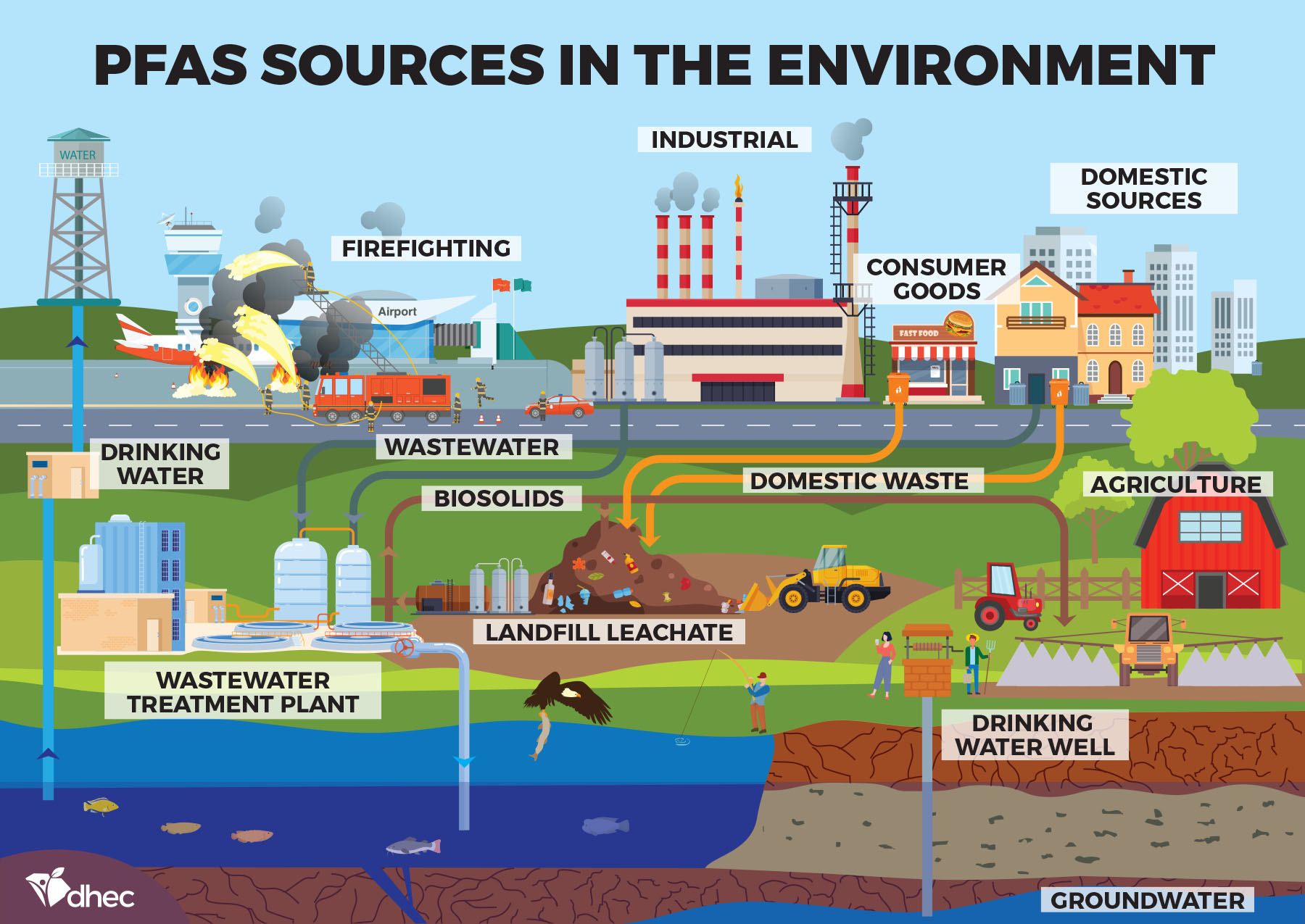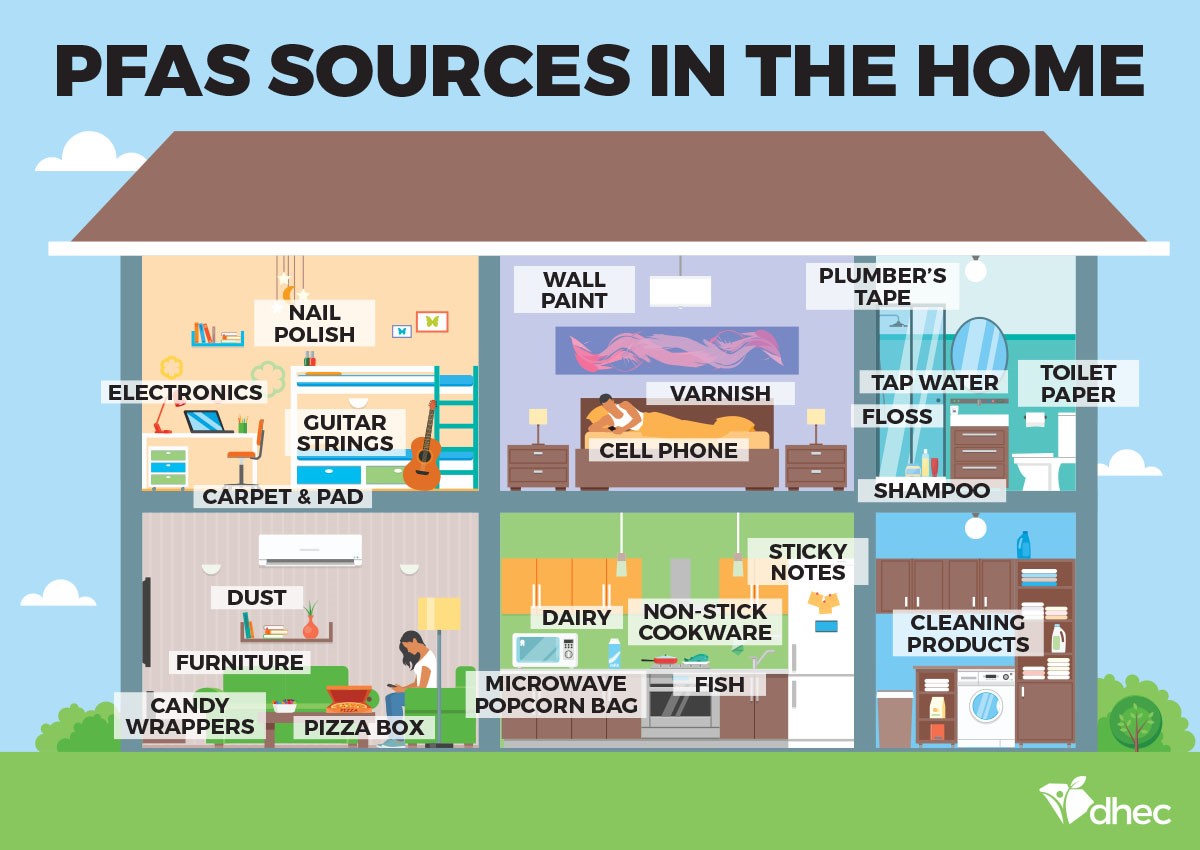PFAS are a large group of man-made chemicals that present public health and environmental issues in communities across the United States. PFAS have been used worldwide in consumer products and in some industrial applications to make products that resist heat, oil, stains, grease and water. PFAS chemicals are widespread in the environment because of their longevity, unlimited uses and resistance to breakdown. PFAS can accumulate in people, wildlife and fish.
On April 10, the EPA announced a final rule for maximum contaminant levels (MCLs) in drinking water for five individual PFAS compounds — PFOS and PFOA at 4.0 parts per trillion (ppt), and PFNA, PFHxS, and GenX at 10 ppt — as well as a Hazard Index formula for a mixture of four PFAS compounds: PFHxS, PFBS, PFNA, and GenX. This final rule is the next step in establishing enforceable drinking water standards for certain PFAS contaminants in the United States.
The MCLs will become enforceable regulatory standards, meaning public water systems will be required to have the water they provide to customers meet these MCL standards or they will be in violation of the national Safe Drinking Water Act and South Carolina’s State Safe Drinking Water Act.
The compliance deadline for public water systems to meet the MCLs will be five years after the final rule is issued. Prior to the compliance deadline, regulated public water systems across the nation will have an implementation period of three years to perform initial monitoring of existing PFAS levels and an additional two years to implement treatment processes to ensure their drinking water meets the federal MCLs for PFAS.
After the implementation period concludes, compliance with the MCLs will be legally required. State regulators, like DHEC, will have the authority to take enforcement actions against water providers that exceed the PFAS MCLs, just as the agency does when a water system is in violation of other drinking water standards.
The EPA has stated that drinking water can be the most direct way that people are exposed to PFAS. However, drinking water is only responsible for about 20% of most people’s overall exposure to PFAS compounds. The other 80% of exposure to PFAS comes primarily from consumer products such as clothing, food, cosmetics, food packaging, cookware, furniture, and electronics. The EPA’s final rule for PFAS in drinking water does not address these other exposures to PFAS chemicals. However, other efforts are underway nationally to reduce exposure from these sources.
The EPA will continue to provide guidance to water systems for methods to remove PFAS from drinking water, and DHEC will continue to work with the South Carolina’s water providers, the EPA, and local officials to help water systems take the necessary steps to meet these new MCLs.
Our number one goal is to have all of South Carolina’s water systems operate in compliance with all federal and state drinking water standards that help protect people’s health, including this newest standard related to PFAS compounds,” said Myra Reece, Director of DHEC Environmental Affairs. “We understand how important it is for system operators, especially small and rural ones, to have the resources and assistance they need to meet and maintain compliance, which is why we will continue to work with state and local officials about this new federal rule.”
DHEC is committed to keeping South Carolinians informed about the latest PFAS information, efforts and actions. We will continue to work with state and local officials and water providers; continue to hold statewide media briefings to share updates and recommendations with our state’s media outlets; post our latest data and findings at scdhec.gov/pfas; share information on social media; and provide informational resources to communities at the local level.
Education/Outreach Materials




